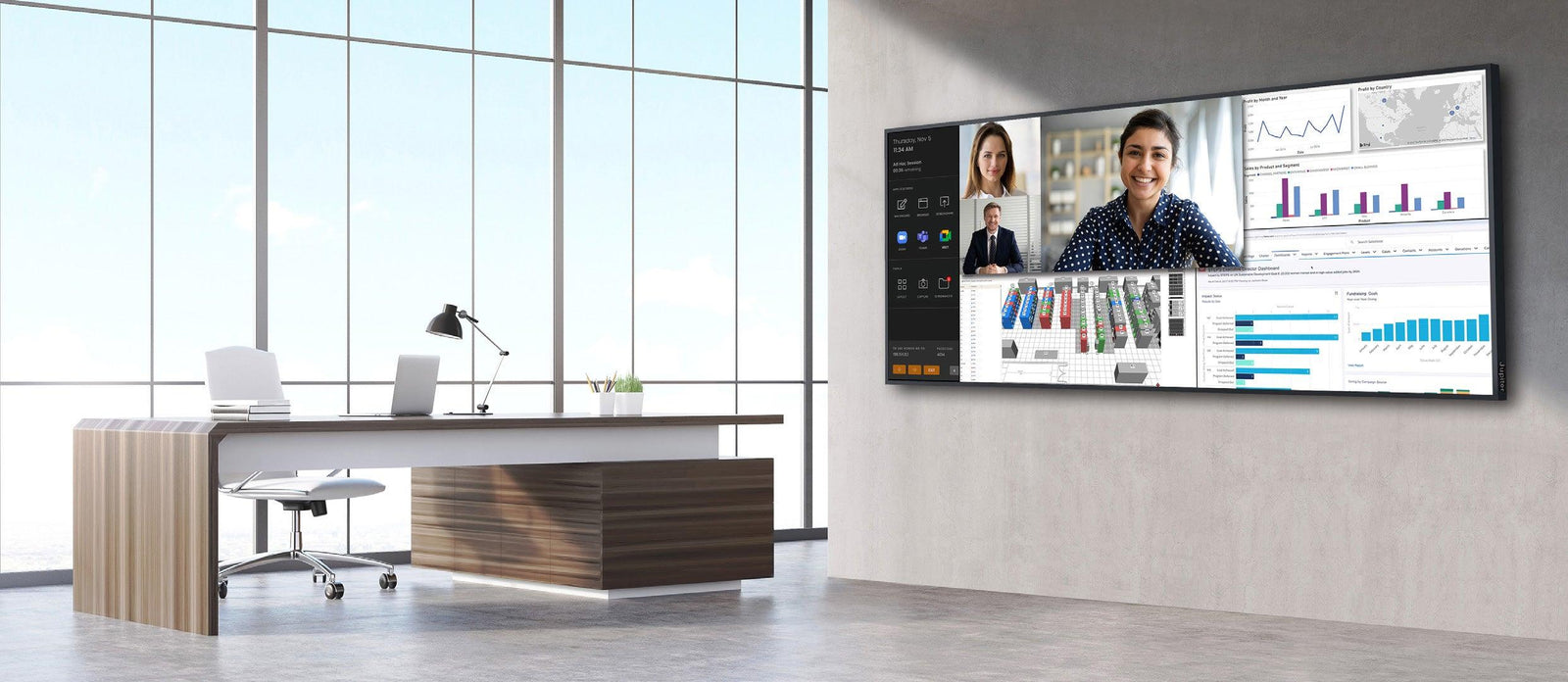Digital Signage is now everywhere.
We are all getting accustomed to the fact that we are seeing digital signage everywhere we go these days. Why? As a result of years of innovation and development by the AV industry, the traditional hardware used for digital signage has become more affordable, more versatile, and more widely available for placing in any location outside or indoors with almost any light or weather condition. This has been a result of years of innovation and development by the AV industry. Secondly, as a result of the aforementioned, we are now seeing digital signage in a variety of settings: on the streets, in shops, hotels, corporate building lobbies, your local fast food, and even in places of worship.

What is coming next then?
As digital signage has become a part of our daily lives, the next challenge for marketers and companies is to reach their audience and be seen. Regardless of your display’s size, height, or range, no matter how passive or interactive it is, there is only one way to deal with this challenge in an urban jungle of digital advertisement surroundings: Content.

Content is king, but it needs a proper throne.
If the content is displayed at the wrong resolution, stretched, or at a lower quality than intended, it will only cause more harm and can catch the eye for all the wrong reasons. This is the key to success in a digital installation, which is the balance between using the right content and using the right signage display options to achieve success. A perfect balance between the two parts will make any signage stand out from the rest, making it stand out from the crowd.

Reaching audiences uniquely.
Unlike many competitive displays out there, the Jupiter Pana display offers a wide-aspect ratio of 21:9, which makes it possible to view content exactly as we are intended to see it: standing people in pictures will appear fuller rather than cropped, and landscapes or scenes will look as our eyes are meant to see them. As far as digital signage is concerned, the possibilities are endless. Ultrawide displays also have the ability to architecturally blend in a way that traditional digital signage screens cannot. Additionally, columns and elevator entrances can be outfitted with branding to connect with customers. Advertising, product awareness, communication, and promotion can all be done using these types of products.
Why ultrawide is superior for digital signage applications.
A native resolution of 5K is achieved on our Jupiter Pana displays in both 81' and 105', which are above typical standards, as more pixels are used, as well as a luminance of more than 650cd/m2. This is a perfect combination to present the true definition of digital signage - bringing to life true-to-life unreal content, regardless of whether it is displayed in portrait or landscape mode. It is important to remember that more real estate and pixels do not equal more operating costs. Quite the opposite, the jewel in the crown is that a wide canvas reduces the number of screens that need to be used in a legacy setup, resulting in a reduced installation and hardware fulfillment cost and a lower total cost of ownership.
No compromises with Jupiter
With an entire range of video processors capable of driving content in the same 5K native resolution our displays are offering, there is no longer any need to rethink whether or not the displays would work with a particular signage player or content delivery platform, no matter what content you plan to use for signage. It doesn't matter what content you choose for signage - we are the only ultra-wide display leader with a 360° complete offering that is truly ultra-wide 21:9. If you would like more information about Creation Networks products, we encourage you to visit our website or contact our sales department to arrange a demo. Let’s collaborate!
Read more: How to design a new Microsoft Teams Room meeting space or update an existing space







